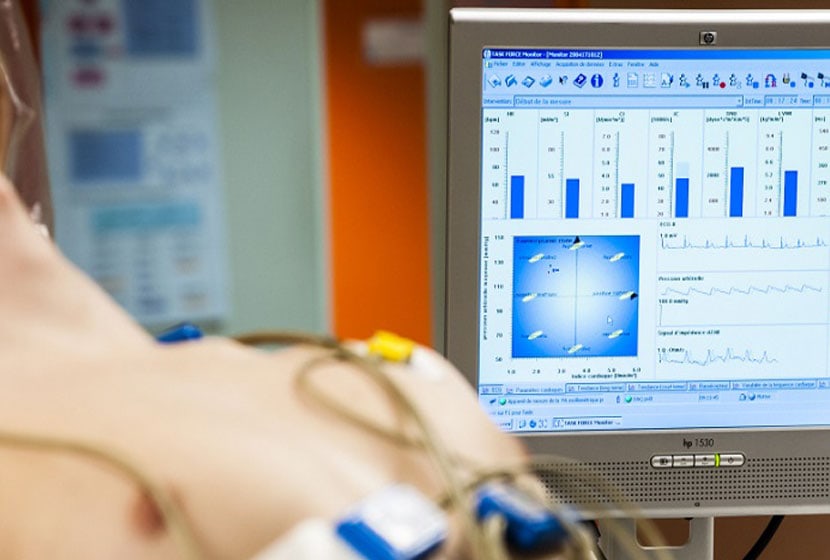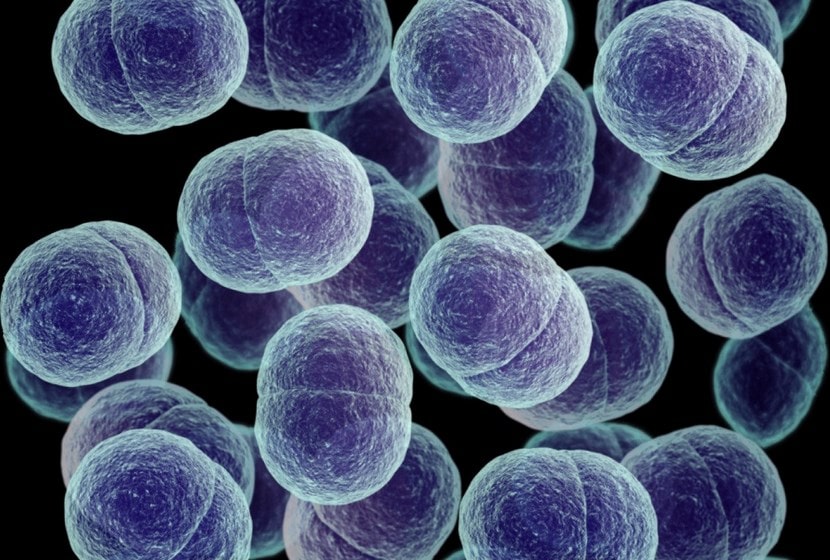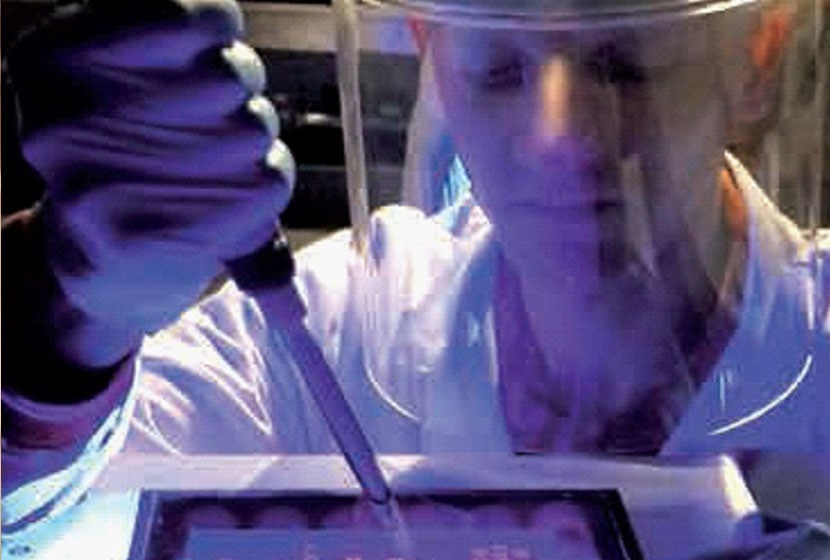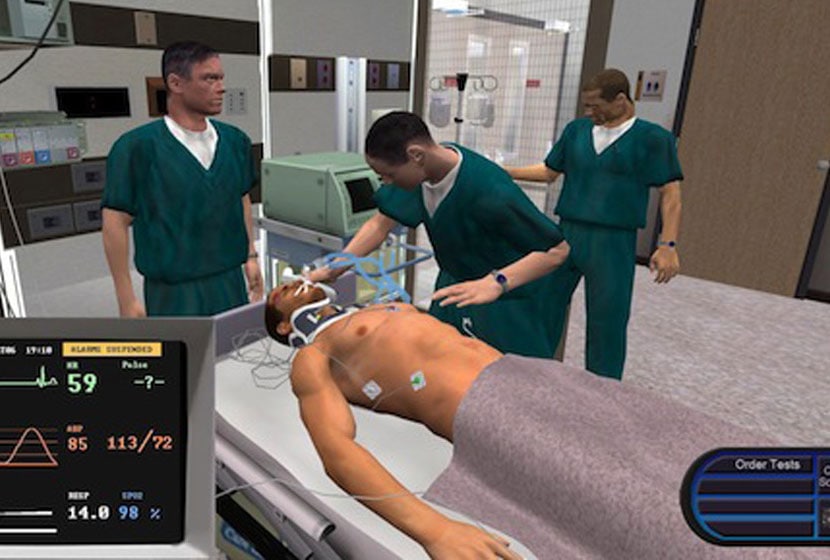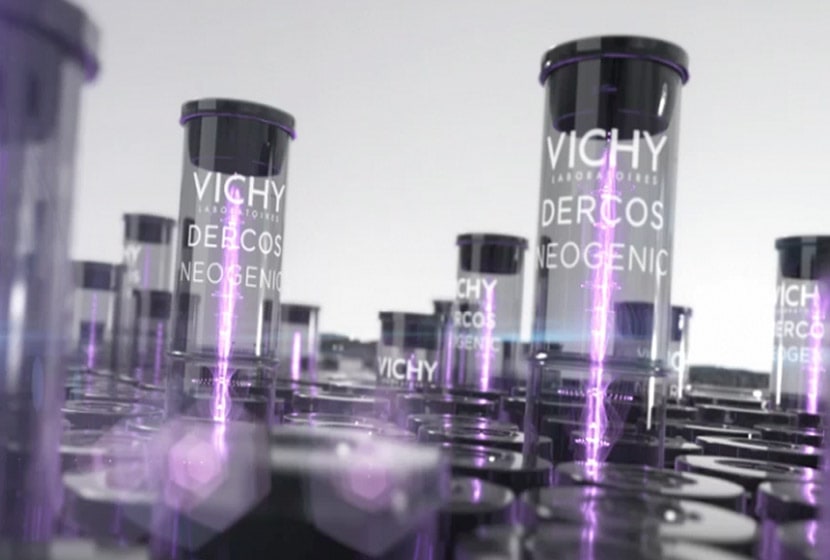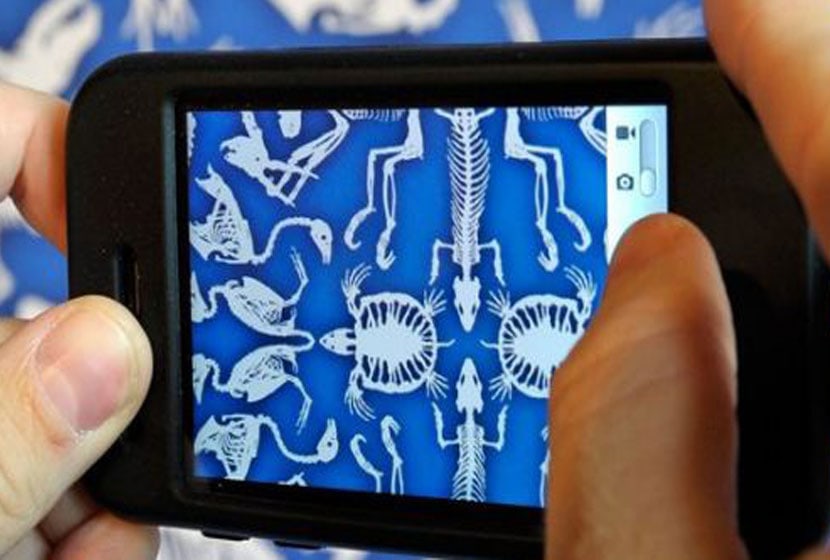A telemonitoring box for heart failure patients is being developed in Nancy. It will make it possible to monitor several cardiac and renal parameters in order to quickly and effectively adapt treatment after initial hospitalization. The objective is to reduce the high rate of death and re-hospitalization following this first event.
Diabetics have their own blood glucose meter, heart failure patients will soon have their own monitoring box. This is what two Nancy-based professors of therapeutics from the Pierre Drouin Multithematic Clinical Investigation CentreFaïez Zannad (cardiologist) and Patrick Rossignol (nephrologist), who are currently developing a telemonitoring device for patients hospitalized for a first episode of heart failure.
Poor prognosis after initial hospitalization
Currently, the prognosis for these patients is poor: 20 % of them will be re-hospitalized after 30 days and even more in the following months. More than a third of patients die within 12 months. A first hospitalization marks a turning point in the worsening of the disease," explains Patrick Rossignol. We have the therapeutic means to stabilize the patients' state of health after discharge, but follow-up is difficult because of the complexity of the treatment and the lack of doctors. Thus, a patient leaves the hospital with a prescription and most often continues the same treatment for several months, without the optimization recommended by international recommendations," he regrets.
With this telemonitoring system, the two doctors want to break the re-hospitalization curve and improve the life expectancy of these people by adapting their drug treatment as well as possible and as quickly as possible. This approach is all the more desirable as the number of heart failure patients is constantly increasing due to the rise in risk factors such as hypertension, diabetes and the ageing of the population (12 million patients in Europe and the United States). Networked care has enabled significant progress to be made, but it is still too little. "The Lorraine network ICALOR is an example in this area: a study conducted on 1,000 patients showed a 40 % drop in re-hospitalisations, making it the most successful experiment in France," recalls Prof. Rossignol.
A case, the visible part of this innovation
The box will be installed at the patient's home. It will allow the analysis of several cardiac and renal markers from a drop of blood taken from the patient's finger. The data will be transferred to a remote monitoring centre. If necessary, the attending physician will be informed so that he or she can adapt the treatment with the help of an expert medical decision support system.
The first prototypes are expected by the end of 2013 and a first clinical validation study will be carried out with a view to obtaining CE marking. Another study should follow in 2014, involving several hundred patients: it will evaluate the interest of the device in preventing readmissions between 60 and 90 days after the first hospitalization. Other centers (in France and/or abroad) are expected to join this study.
"Currently, hospitalizations for heart failure account for more than half of the expenses associated with this condition. We will therefore integrate socio-economic data during the medical evaluation, in order to assess the savings generated by this system," also explains Patrick Rossignol.
The project has already obtained funding of €1.9 million from the Lorraine Region, in partnership with the European Union via the ERDF (European Regional Development Fund). This will cover the development of the box and clinical research for the next three years.
The project involves many partnerships: the Centre d'investigation clinique plurithématique (CIC-P) in Nancy and its three supervisory bodies (CHU Nancy, Inserm, University of Lorraine), the Centre de recherche en automatique de Nancy (Pr Blondel), the Institut Elie Cartan de Nancy (Pr Monnez, in the framework of an interface contract with the CHU under the coordination of Pr Albuisson), the Lorraine Laboratory for Research in Computer Science and its Applications (LORIA, Nancy, Mrs Devignes), the Institute of Analytical Sciences (ISA-UCBL Lyon, Mrs Jaffrezic), Inserm transfer, the SD Innovation Company (directed by M. Didelon), the Société CardioRenal diagnosticS (Mr Houis).
(Source: Inserm - August 2013)
{module[348]}

